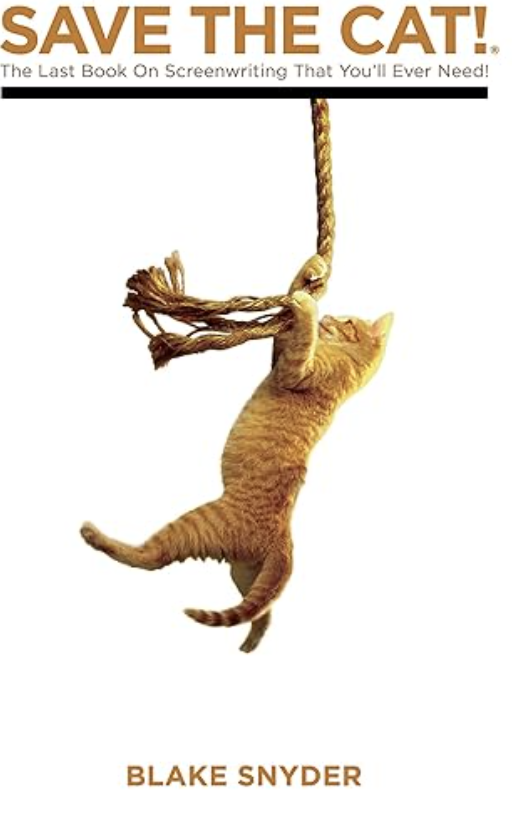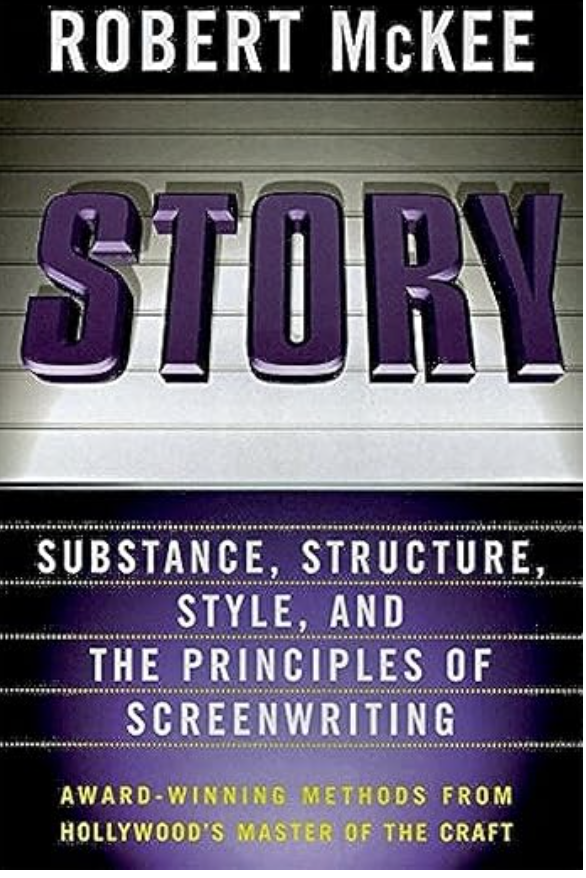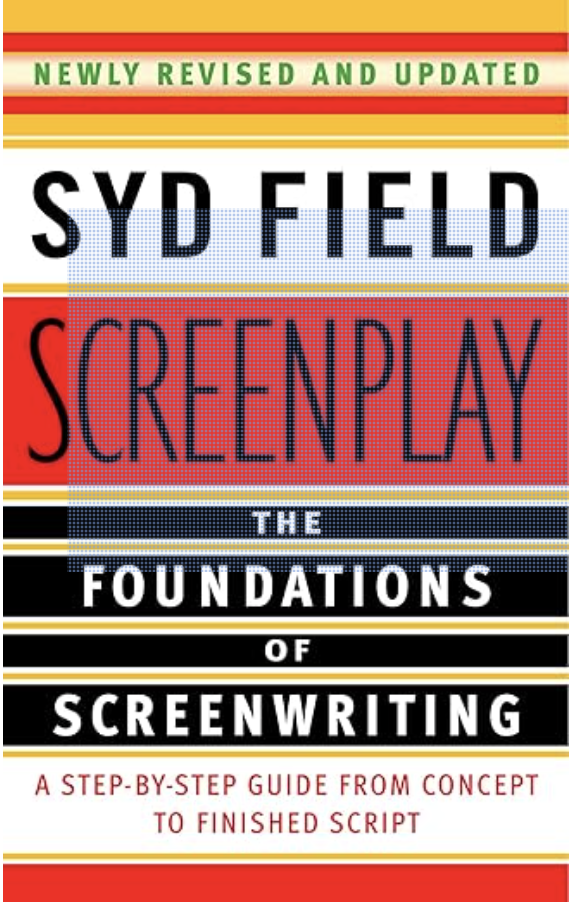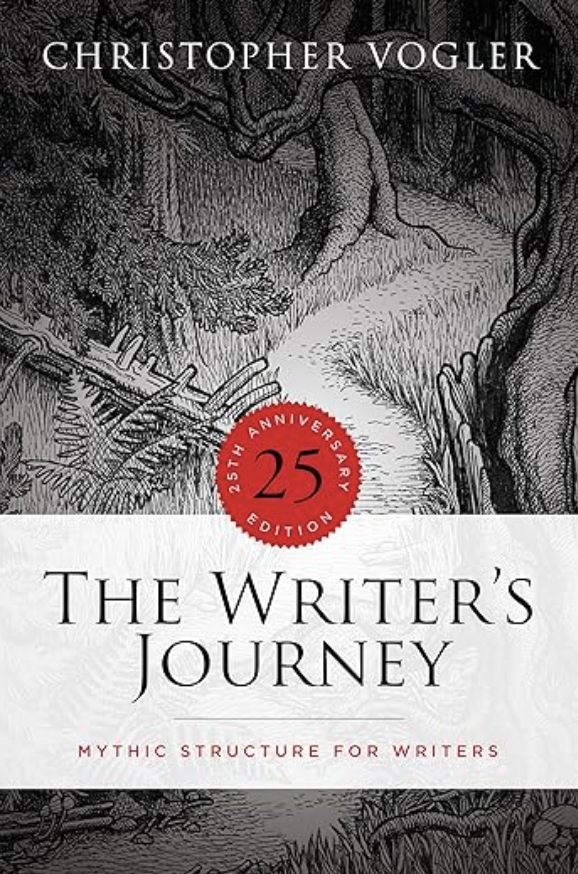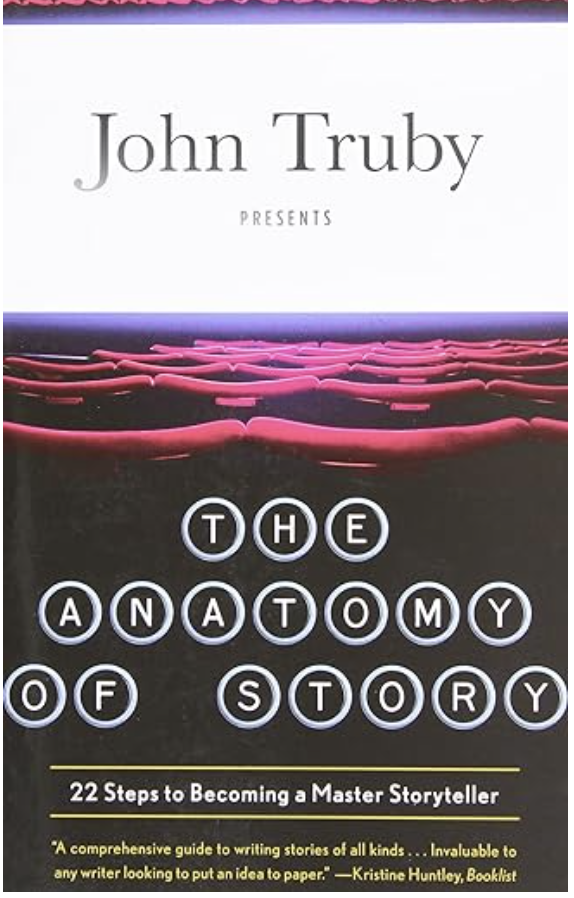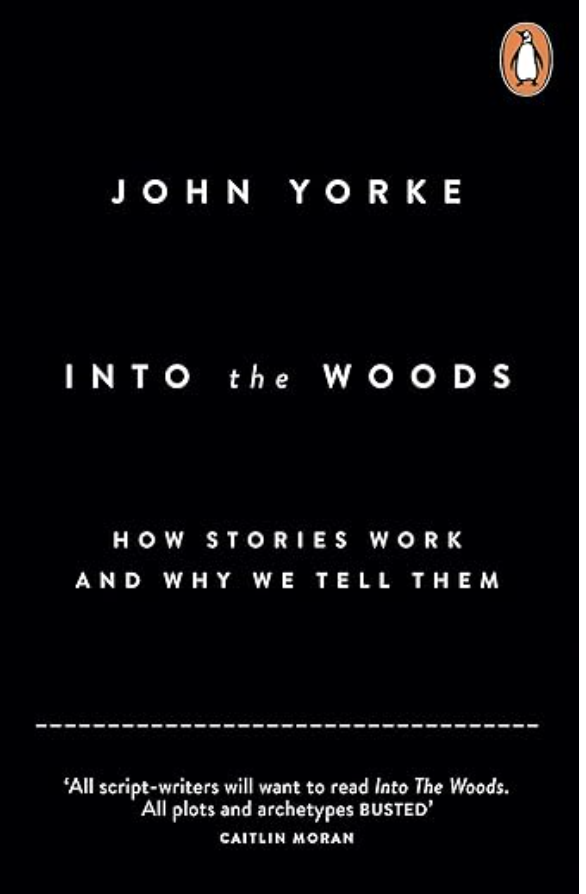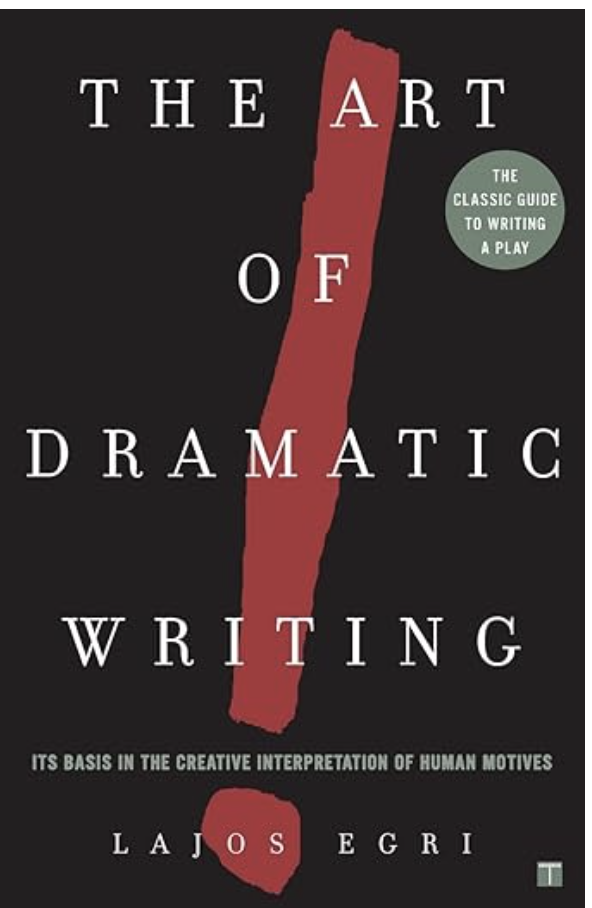Everyone is a storyteller. The medium may differ, and the talent may vary but innately everyone has at some point worn the hat of a storyteller. Not everyone has or needs to read technical books to learn screenwriting. Whether you’ve told them through writing short stories or by narrating a funny incident that happened to you at a dinner party, telling stories is something that comes naturally to humans. Translating your story into a screenplay that can be a filmed is a craft that can be learned with practice.
One useful exercise to get started in learning about writing screenplays is by simply reading existing screenplays of movies that have already been released. There are many online repositories where you can find them including some at Scriptalay.
Once you are ready to begin diving into analysis and understanding the craft more technically, below is a list of seven such books that many screenwriters swear by.
1. Save the Cat (Blake Snyder)
Save the Cat! by Blake Snyder is a widely acclaimed screenwriting guide focusing on crafting compelling stories. Emphasizing a structural formula, Snyder breaks down screenplays into beats, offering a pragmatic approach for creating engaging narratives. The title concept, “Save the Cat,” signifies the importance of establishing a relatable character through a compassionate action. Snyder’s accessible and systematic beat sheet resonates with writers, providing a framework for developing well-paced, emotionally resonant scripts. While some critics argue it oversimplifies, its influence is undeniable, making it a go-to resource for beginners and seasoned writers alike, seeking a solid foundation in screenwriting.
Snyder’s book is known for its practicality, providing not only a structure but also tips on creating likable characters and navigating the industry.
The “Save the Cat” moment refers to an early scene where the protagonist does something to win the audience’s sympathy.
What makes it Useful? Save the Cat! provides a structured, formulaic approach to screenwriting, offering a clear roadmap for crafting engaging stories through specific beats and moments.
2. Story (Robert Mckee)
Story by Robert McKee is the most popular guide among professionals, dissecting the art and craft of narrative across various mediums, including screenwriting. Going beyond formulaic approaches, McKee delves into the essence of storytelling, emphasizing character depth, conflict, and emotional resonance. With insights drawn from classical principles and contemporary examples, he explores the nuances of creating powerful, authentic narratives. Writers benefit from McKee’s profound exploration of character arcs, plot dynamics, and thematic depth, making “Story” a cornerstone resource in the study of storytelling. It offers a comprehensive understanding of narrative principles.
McKee’s book is widely used in both screenwriting and literature courses, and his seminars are renowned for attracting storytellers from various mediums.
He emphasizes the importance of understanding genre conventions while also challenging writers to innovate within those structures.
What makes it Useful?: “Story” is a comprehensive exploration of storytelling principles that goes beyond formulas, offering profound insights into character depth, conflict, and emotional resonance with classic movies as examples.
3. Screenplay (Syd Field)
Screenplay by Syd Field is a seminal work that revolutionized the understanding of screenwriting. Field introduces the three-act structure as a fundamental blueprint for crafting effective screenplays. The book provides practical tools for developing compelling characters, creating engaging plots, and maintaining a well-paced narrative. By breaking down successful films and analyzing their structures, Field imparts essential principles for aspiring screenwriters. With a focus on story structure and the importance of plot points, “Screenplay” has become a foundational guide in the world of screenwriting, offering a comprehensive framework that has influenced generations of writers in the pursuit of cinematic storytelling excellence. It is often the first book that is picked up by many screenwriting students.
Field’s paradigm of the three-act structure has become a fundamental part of screenwriting education and is often referred to as the “Paradigm.”
He popularized the idea of plot points as significant events that propel the story forward, occurring at the end of Act 1 and Act 2.
What makes it Useful?: Screenplay is a pioneering work that popularized the three-act structure, becoming a foundational guide for screenwriters with its practical tools for character development and plot construction.
4. Writer’s Journey (Chris Vogler)
The Writer’s Journey by Christopher Vogler is a compelling exploration of Joseph Campbell’s monomyth and its application to storytelling. Vogler adapts Campbell’s Hero’s Journey to the craft of screenwriting, offering a universal template for constructing powerful narratives. This book serves as a guide to archetypal storytelling, emphasizing the significance of mythic structure in creating resonant and timeless stories. Vogler’s work breaks down the hero’s journey into stages and character archetypes, providing writers with a framework for crafting emotionally impactful narratives. With insights from mythology and a range of examples, The Writer’s Journey is an indispensable resource for storytellers seeking to captivate audiences through timeless narrative structures.
Vogler’s book is often used in the context of Hollywood development, and he himself applied the hero’s journey structure while working for Disney.
It offers a detailed breakdown of character archetypes and their roles in the hero’s journey, providing a practical guide for writers.
What makes it Useful?: The Writer’s Journey adapts Joseph Campbell’s monomyth into a practical guide for screenwriters, offering a universal template for constructing emotionally resonant narratives through archetypal storytelling.
5. Anatomy of Story (John Truby)
The Anatomy of Story is a comprehensive guide that transcends traditional screenwriting manuals. Truby dives deep into the core principles of storytelling, offering a holistic approach that considers character, plot, and theme as interconnected elements. He emphasizes the creation of unique, multi-dimensional characters and advocates for organic plot development rooted in character choices. Truby’s blueprint for constructing narratives extends beyond formulaic structures, focusing on the emotional impact of the story. Drawing on examples from diverse genres, The Anatomy of Story is a masterclass in narrative design, providing invaluable insights for writers seeking to elevate their storytelling prowess across various mediums.
Truby emphasizes the importance of creating unique, multi-dimensional characters with well-defined desires and moral weaknesses.
His approach encourages writers to think deeply about theme and the moral argument at the core of their stories.
What makes it Useful?: John Truby’s book is distinguished by its holistic approach to storytelling, emphasizing the interconnectedness of character, plot, and theme, providing writers with a comprehensive blueprint for narrative design.
Truby followed it up with a second part of that book, called “The Anatomy of Genres” which essentially does a deep dive on the main genres. He highlights the tropes and analyses each genre from a historical and contemporary lens.
6. Into the Woods (John Yorke)
Into the Woods by John Yorke is a profound exploration of storytelling that transcends traditional screenwriting guides. Yorke delves into the universal principles that underpin successful narratives, analyzing the patterns and structures found in compelling stories across cultures and genres. Emphasizing the importance of conflict, transformation, and the inevitability of change, Yorke offers a comprehensive understanding of narrative dynamics. His insights extend beyond screenwriting, providing valuable lessons for writers in various mediums. Into the Woods is a masterful guide that combines theory with practical application, and does so by dividing each screenplay into five acts as opposed to the traditional three-act structure.
Yorke explores the psychological impact of storytelling, connecting narrative patterns to human cognition and emotional response.
The book goes beyond screenwriting, examining the cultural and psychological significance of storytelling throughout history.
What makes it Useful?: Into the Woods offers a profound exploration of storytelling principles by analyzing universal patterns found in compelling stories across cultures and genres, providing a masterclass in narrative dynamics. If you want to understand the five-act-structure well, then look no further!
7. Art of Dramatic Writing (Lajos Egri)
The Art of Dramatic Writing by Lajos Egri is a timeless exploration of dramatic structure and character development. Egri contends that a well-crafted play or screenplay begins with understanding the psychology and motivations of its characters. He introduces the concept of the “premise” as the foundation for a compelling story, emphasizing the importance of a clear central idea. Through detailed analysis of classical and contemporary works, Egri provides valuable insights into constructing plots that resonate emotionally and thematically. His emphasis on character-driven narratives and universal truths has made this book a classic reference for writers aspiring to master the art of dramatic storytelling.
Egri’s focus on the premise, the central idea that propels the story, is a unique aspect that encourages writers to identify the core concept of their work.
Originally written for playwrights, the book’s principles are widely applicable to screenwriting and fiction.
What makes it Useful?: Lajos Egri’s book stands out for its timeless focus on character psychology and the concept of the “premise,” offering a unique approach to crafting compelling, character-driven stories.
Whether you’re a screenwriter in the USA, South Korea, India, the UK, or anywhere else in the world, you will find value in each of the above books. While the examples of movies cited in these books are all from Hollywood, its application is universal as they talk about the underlying principles of great screenplays.
In addition to reading screenplays and books, you can also listen to some of the popular screenwriting podcasts as part of your constant learning journey.
